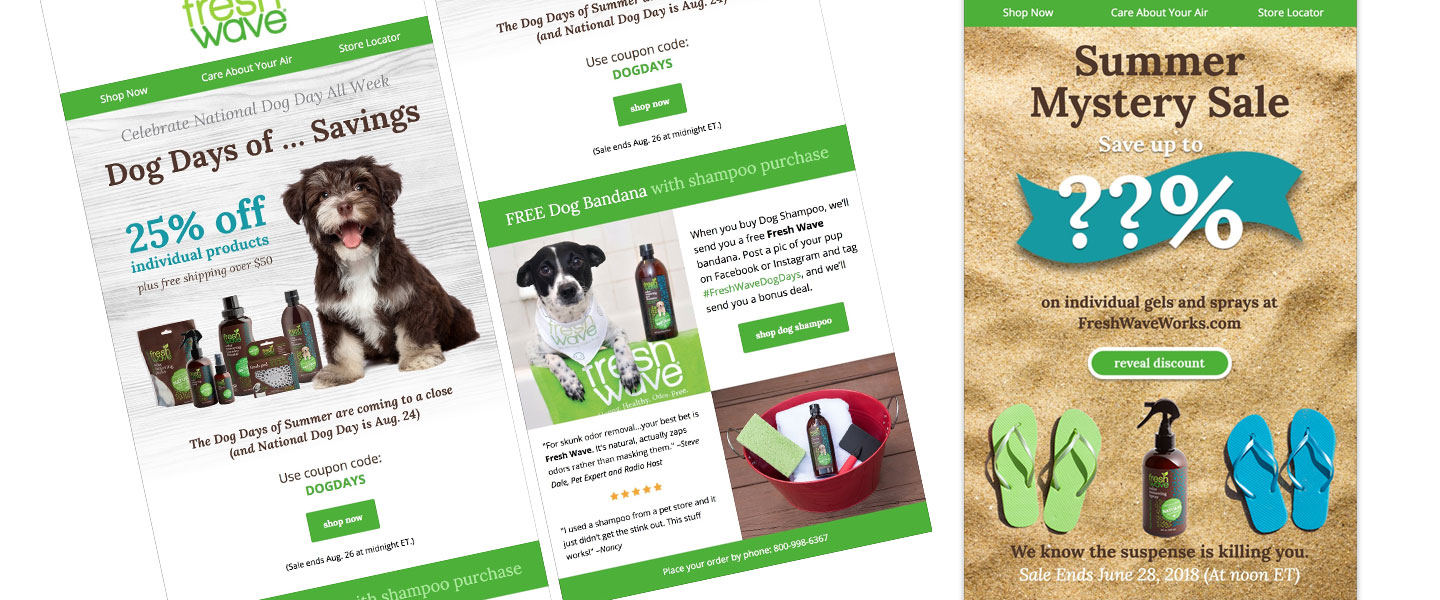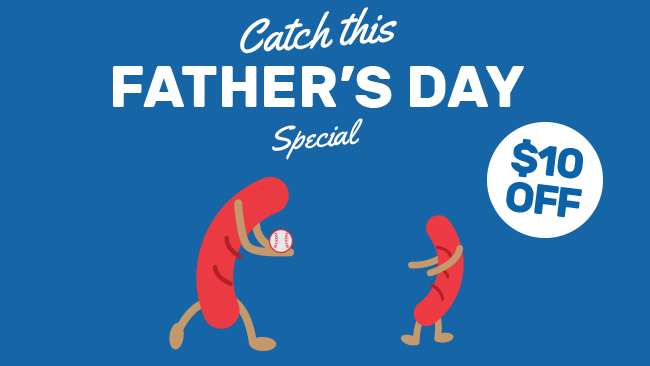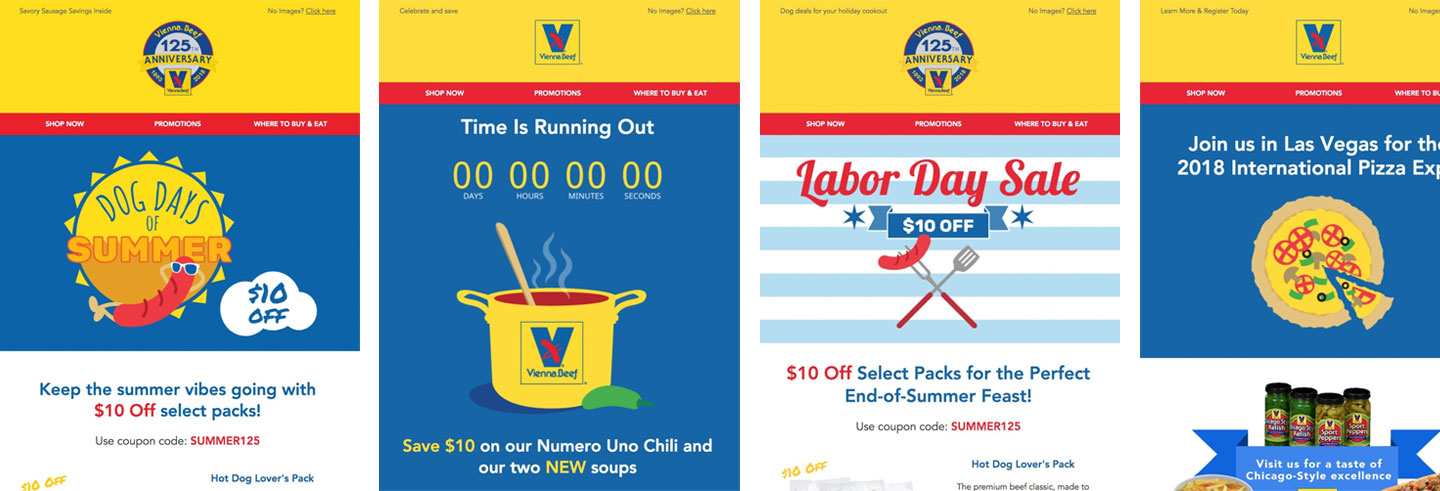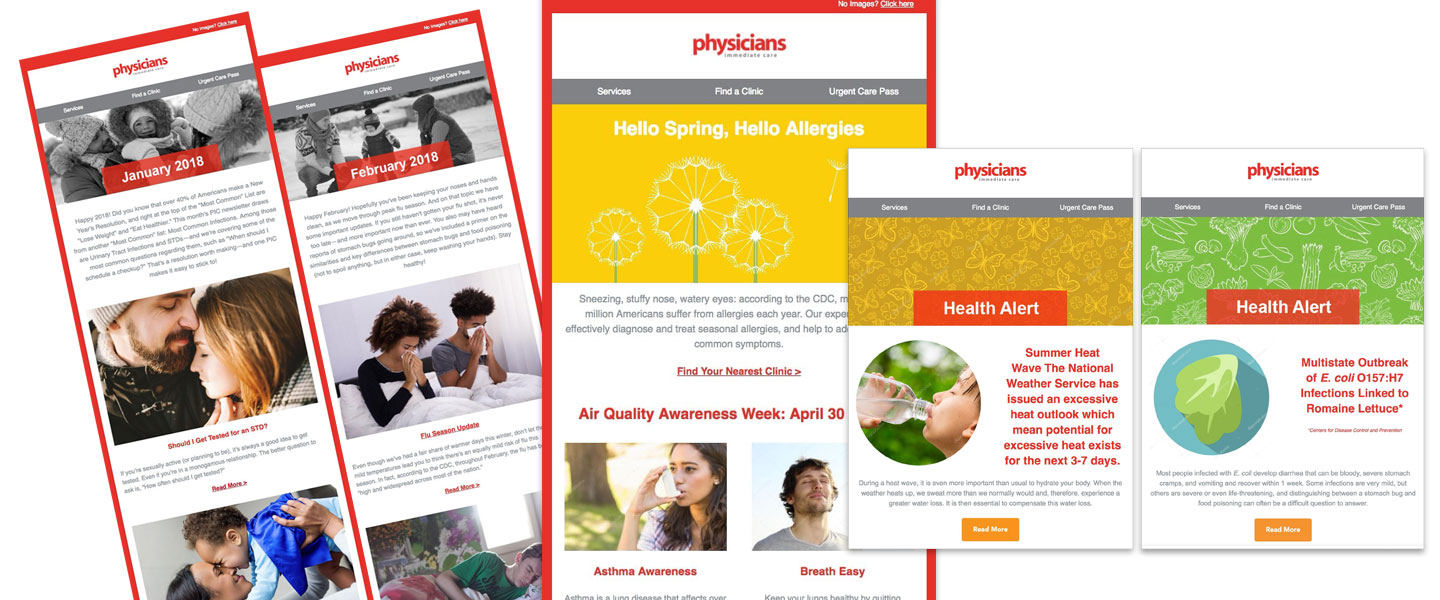Strategy
Email marketing has grown up and out of its spammy adolescence. Open and click-through rates matter, but consideration of content value and subscriber consent come first. From the start of the relationship, companies must use clear language to set expectations, and deliver tantalizing content that their subscribers look forward to.

Lists
Each step of a subscriber’s journey, from their sign-up and welcome, to their first click-through, is a carefully curated experience. Clearly stating the value of subscribing and offering a reward for doing so are excellent ways to begin the relationship. Making sure emails come from an authenticated source establishes legitimacy not only to subscribers, but also to mail clients and their spam filters. Segmenting subscribers, based on location or sign-up method for example, is useful for targeting campaigns.

Design
Great email template design can be challenging. The limitations of the platform (Campaign Monitor, MailChimp, ActiveCampaign or Constant Contact) can tempt designers to create all-in-one graphics that run the risk of being inaccessible and getting caught in spam filters. A balance of graphics and html is ideal, augmented by the occasional animated gif to entice click-throughs.





Metrics
The most exciting and important part of email marketing is seeing and measuring results. Platform metrics combined with Google Analytics reveal everything from a campaign's conversions and overall revenue, to average order value, click-through, bounce and unsubscribe rates. Insights into an email’s most clicked-on content areas combined with A/B testing are indispensable tools for creating successful campaigns.

Conclusion
Successful email marketing begins at the call-to-action and considers the subscriber throughout their journey. Focused and personalized content designed to inspire help to build a positive relationship over time, making optimal open and click-through rates the by-products of a good subscriber experience.